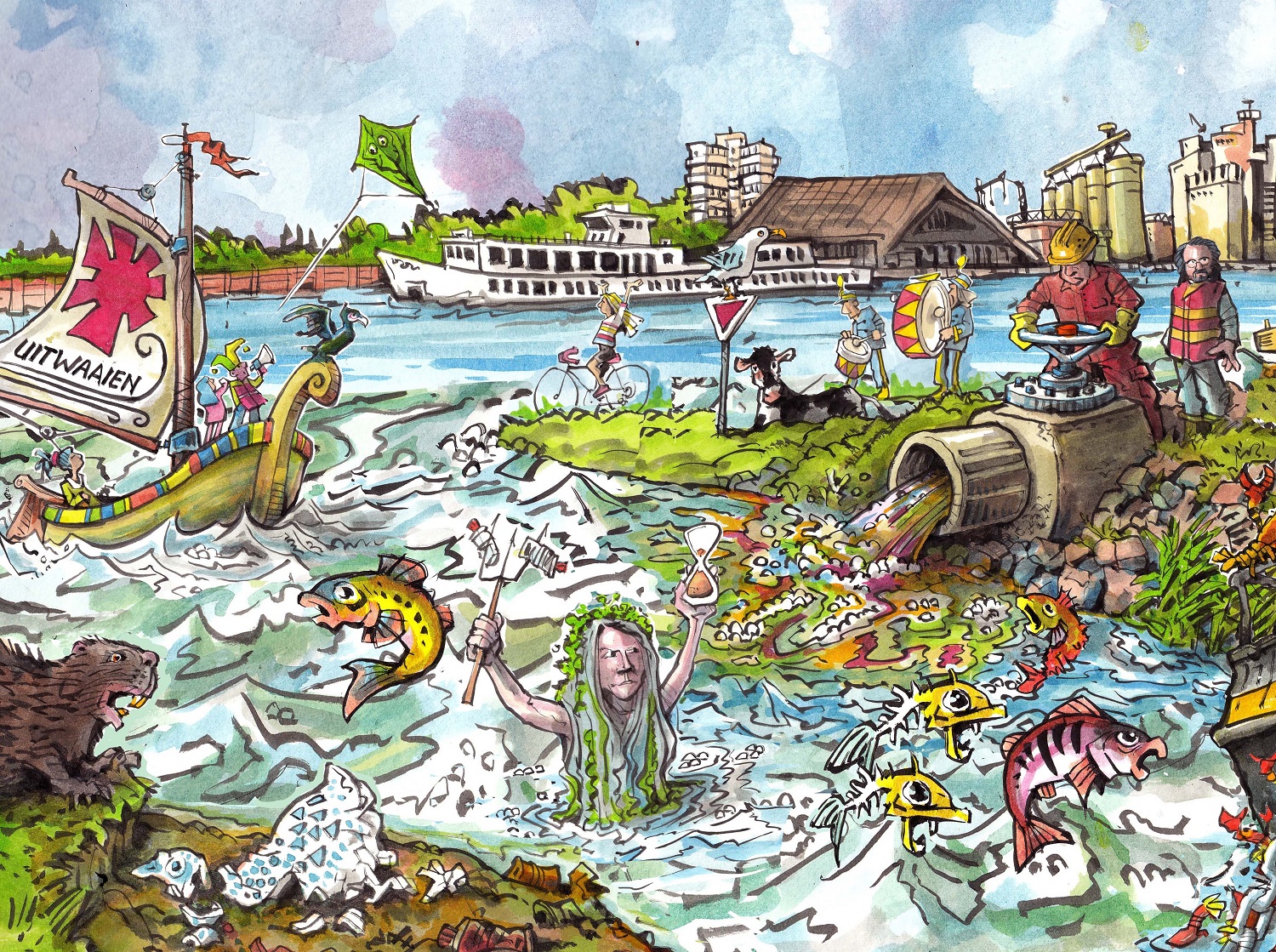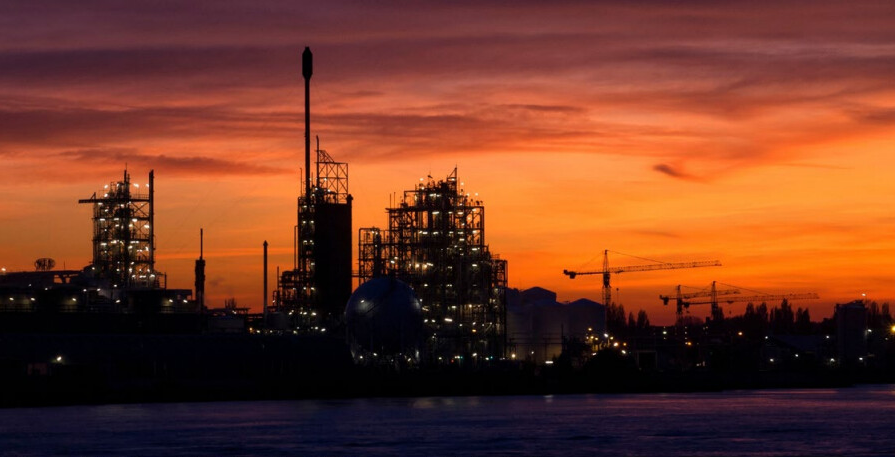You submit a petition against the discharge of dirty wastewater into the Rhine, and an hour later it’s sorted. That happened to WUR ecologist Bert Lotz last Monday.
Lotz was one of the initiators of the petition No to Toxic Discharge in the Lower Rhine. You’ll find posters about it in WUR buildings. And they’ll stay there for a while longer, Lotz says. The pipeline may have been scrapped, but that doesn’t make the problem go away.
The problem is the contaminated groundwater from the former ENKA factory next to the railway station in Ede. The factory closed in 2002 and now there is housing on the decontaminated site. But there is still contaminated groundwater in the soil which, according to research from 2012, is moving south-westwards towards the Binnenveld at about 30 to 40 metres per year. It must not be allowed to end up in the Bennekomse Meent nature reserve, so a pipeline to the Rhine near Wageningen harbour was decided on to prevent that. This solution was chosen back in 2014 by Vallei and Veluwe Water Board, Ede municipality and the province of Gelderland.
But that pipe – popularly called the ‘dirt pipe’ – won’t be laid down. Quite unexpectedly, the plan was ditched. ‘We are pleased that this absurd idea has been abandoned,’ says Lotz. And it wasn’t at all future-proof: all surface water has to comply with the European Water Framework Directive by 2027. After that, these kinds of discharges won’t be allowed at all.
Underlying the U-turn are recent measurements by engineering firm TAUW that showed that the sulphate pollution is on a much smaller scale than was believed, and is therefore acceptable. Also, the polluted water was found to be moving much more slowly than previously calculated and won’t reach the Binnenveld for another 200 years. So the pipeline is no longer needed, but the report the decision is based on is not yet available to the public.
Where has the pollution gone?
Lotz and his WUR colleague, professor of Chemical Stress Ecology Paul van den Brink, are eagerly awaiting that report. ‘We want to review it with a group of experts from Wageningen,’ says Lotz, ‘because there are still plenty of questions.’ For example: where has the pollution gone? And the province’s press release only mentions sulphate, but what about pentachlorophenol, which is in the water too?
We want to review the report with a group of experts from Wageningen
Pentachlorophenol is a substance of very high concern (SVHC), to use the EU term, says Van den Brink. Sometimes it breaks down quickly in the environment, and sometimes it doesn’t. It accumulates in organisms. We don’t know what the environmental impact of the breakdown products is. The highest concentration measured at the time is toxic to half of the aquatic species. And to six per cent of species even after dilution to below the permitted discharge limit.
The ENKA pollution is one of the cases that ACT (Academic Consultancy Training) students can sink their teeth into. Lotz says that’s still so, even now that the pipeline plan has been scrapped. It is an ideal case study, thinks Van den Brink, with loads of management, technical and social aspects to it.

 Illustration Henk van Ruitenbeek
Illustration Henk van Ruitenbeek 
![[The Proposition] ‘Environmental science enables a healthy environment in a nonstop polluting society’](https://www.resource-online.nl/app/uploads/2024/05/WEB_de-stelling.png)
![[Seriously?] New year swim postponed until July](https://www.resource-online.nl/app/uploads/2024/01/WEB_De-neus.png)